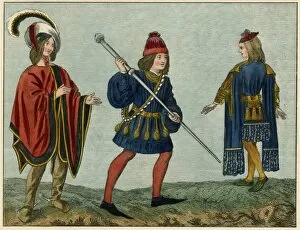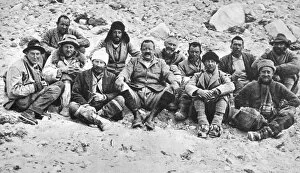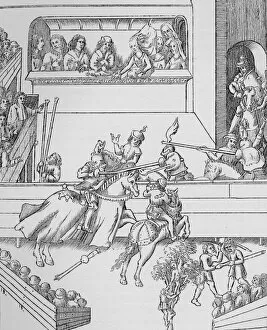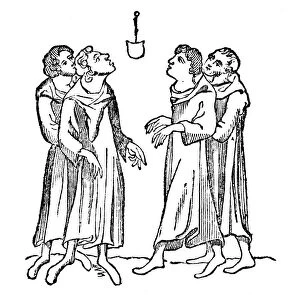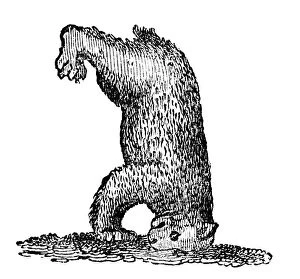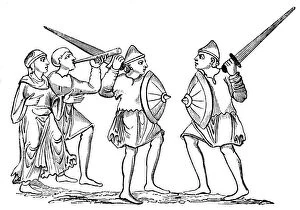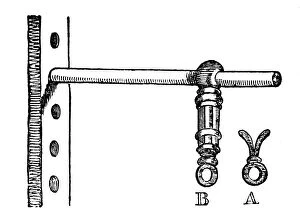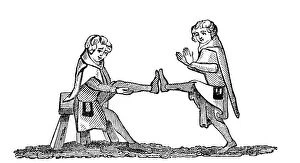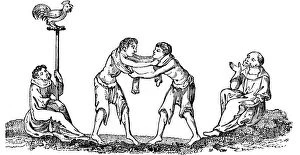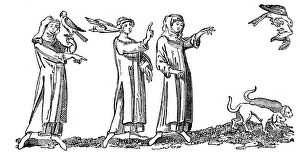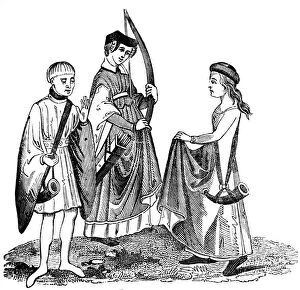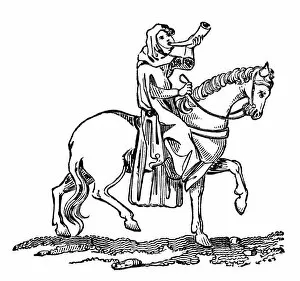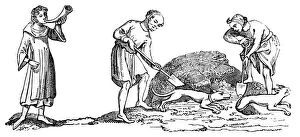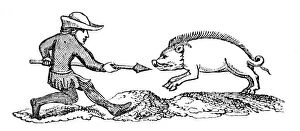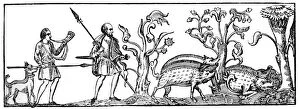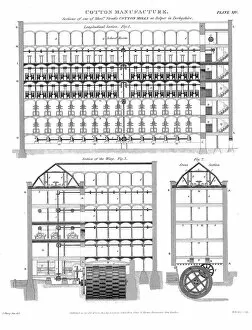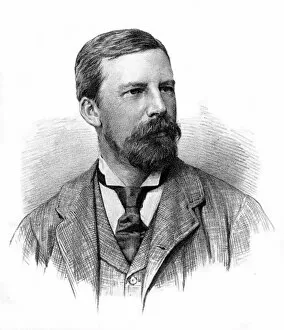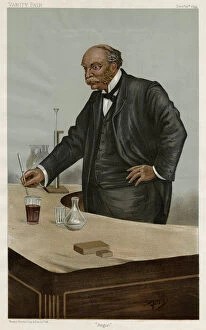Strutt Collection (#4)
"Strutt: Unveiling the Rich Tapestry of Medieval Sports and Fashion" Step into the world of Saxon Ladies as they strutt their stuff in Dunstan Writing
For sale as Licensed Images
Choose your image, Select your licence and Download the media
"Strutt: Unveiling the Rich Tapestry of Medieval Sports and Fashion" Step into the world of Saxon Ladies as they strutt their stuff in Dunstan Writing, showcasing a fascinating glimpse into the origins of croquet and billiards dating back to the 14th century. Delve deeper into history with a captivating display of C15th costumes that transport you to an era long gone. Behold the striking portrait of Sir Douglas Strutt Galton, a figure who left an indelible mark on society. Immerse yourself in nostalgia as you explore an advert for The Cooper Cycling Skirt, capturing the essence of fashion evolution through time. But it doesn't stop there - discover medieval bat and ball games that entertained both young and old alike. Witness Hippas wrestling, a thrilling sport from the 14th century that showcased strength and agility. Marvel at medieval wrestling matches where champions emerged victorious amidst cheers from eager spectators. Strutt invites you to step back in time, unraveling centuries-old traditions through captivating exhibits that bring history alive. From ancient sports to intricate attire, this exhibition celebrates our rich cultural heritage while reminding us how much we have evolved over time. So come along and immerse yourself in this mesmerizing journey through medieval ball games, timeless fashion statements, and enthralling athletic competitions. Let Strutt be your guide as you embark on a voyage across centuries past – an experience not to be missed.

